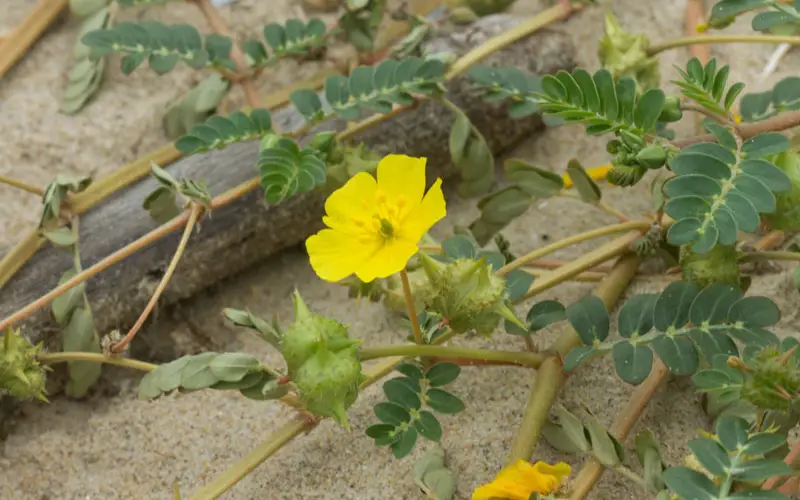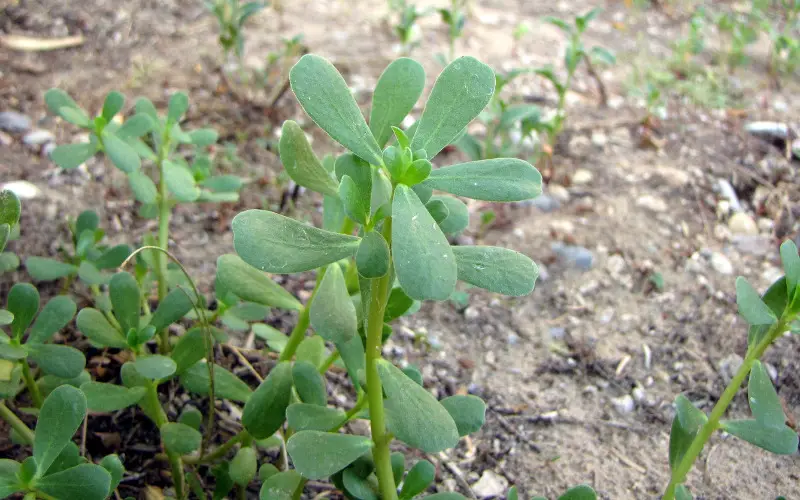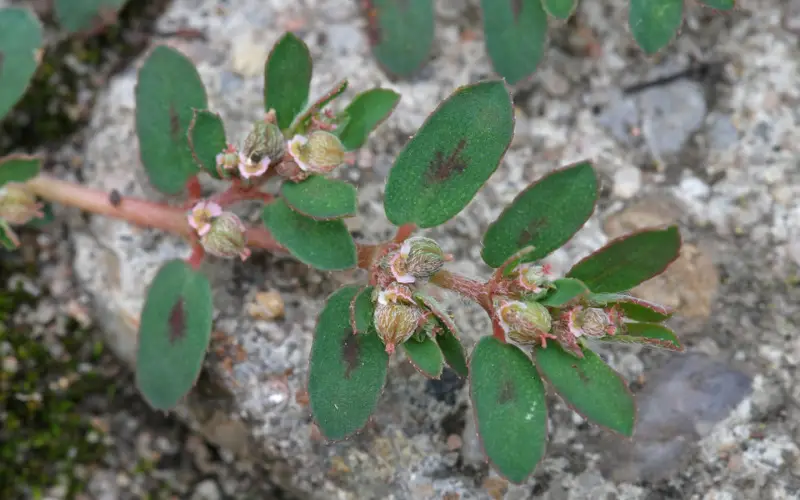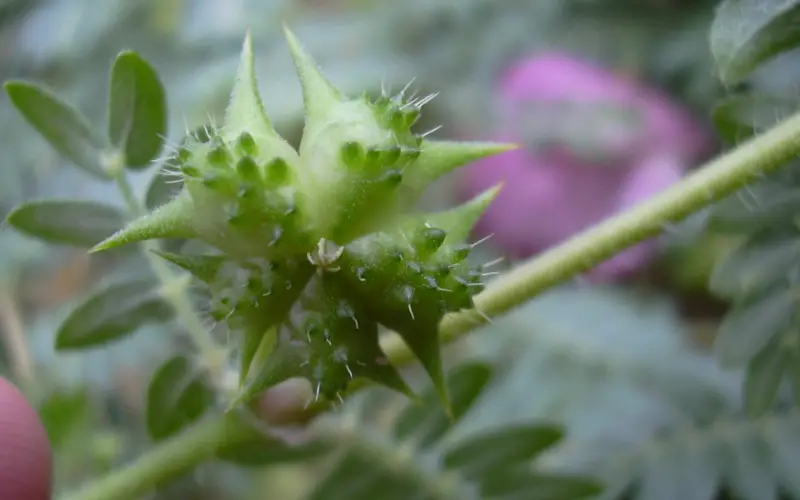Your garden may be adorned with the best and good-looking flowers, but underneath there may be some weeds lurking around.
One of these weeds can be the goat head plant. This specie of plant is known for its harmful spikes on people and pets. If you have a bicycle, this plant can also puncture its tires.
If you’ve never heard of this plant before, the million-dollar question becomes, “what do goat head plants look like?” This article provides every information you need about goat head plants and how to identify them easily.
About Goat Head Plants
This plant is popularly known as goat head or puncture vines. This name is given to the following plants Acanthospermum hispidum, Proboscidea louisianica, and Tribulus Terrestris, which belong to the families of Asteraceae, Martyniaceae, and Zygophyllaceae, respectively.
This plant is spread across regions like southern Europe, Southern Asia, Africa, and Australia. Other species can be found in south and central South America, the United States, and Mexico. It is called a goat head plant because the seeds look similar to a goat head.
What Do Goat Head Plants Look Like?
Even with various varieties of this plant, some basic features help you identify a goat head plant anywhere. This plant begins its growth in early summer, and at this early stage, you will observe that they have a growing tap root system.
The smooth and hairless stems grow from the root to form a carpet-like cover over the ground, similar to runners. The leaves are arranged opposite each other on a stem, and yellow flowers with five petals appear between the branches.
These flowers are known to open just after sunrise and then close when it’s night. The thorns in this plant are initially green and merged; they start to turn grey as they break apart, eventually becoming as hard as wood.
When the thorns are fully grown and hard, they can puncture many things; this is why they are considered harmful.
Toxicity Of Goat Head Plants
The goat head plant is very poisonous to livestock like sheep and cattle because they cause hepatogenous photosensitization, which happens when animals’ sensitive skin is exposed to intense sunlight.
Some observable symptoms include blindness, light-colored skin starting to peel, loss of lips and ears, mortality in younger animals, and nitrate poisoning, as the thorns contain some nitrate deposits.
For these animals, goat head plants are toxic at all stages of growth, but they become more dangerous after they have wilted, and the thorns are hard. The effect of this disease can also be observed when livestock consumes this plant.
Varieties Of Goat Head Plants
This section covers the various varieties of this plant and where they are mostly found. Knowing these varieties will give you more knowledge on identifying this plant as they are spread globally.
1. Puncture vine (Tribulus terrestris)

This is the usual goat head plant with leaves opposite each other and yellow flowers. This variety grows outward and spreads around from its root.
It only grows upwards when overcrowded, they remain small the entire time, and its growth extends as far as 6 feet. The fruits start to grow immediately after flowering.
2. Purslane (Portulaca oleracea)

This variety is similar to the regular goat head plant, except its flowers are smaller and the leaves of this plant are succulent and have a gloss to them, and the underside is purple as well.
The stems have a pinkish hue that is absent in the most common goat head plant, and the seeds or thorns produced by purslane are small and cannot inflict much damage.
However, this variety is still poisonous as the latex and sap from a broken stem are highly toxic to livestock and can irritate the skin upon contact.
3. Spotted spurge (Euphorbia maculata)

This variety causes the least nuisance; however, it is still considered a weed. Its seeds are not spiky enough to pierce through tires, but stepping on them still hurts.
How To Get Rid Of Goat Head Plant
After identifying the threat, this plant poses to both people and livestock, you should get rid of them immediately before further damage can be done. You can follow one of these processes to get rid of this weed.
- During late winter or spring, the best solution for getting rid of this weed is using chemicals containing Oryzalin and trifluralin. When using these chemicals, be sure to follow the directions given. A homemade solution is to mix about ½ cup of vinegar and Epsom salt in a gallon of water. This mixture should be sprayed on goat head plants and weeds in the selected region.
- During summer, when this plant seems to spread, you can use a weed burner to get rid of it and then kill the roots using the appropriate chemicals. This will prevent the plant from growing back. Before using a weed burner, check out the laws concerning this equipment in your region.
- You can remove this plant, and its roots included using a weed puller or using your hands to pull them out. When using your hands, be sure to put on protective gloves.
- A more biological method of getting rid of this plant is to plant more wildflowers around this weed to choke them out, or you can allow weevils to eat them out.
- After killing this plant, use a rake to gather and throw the debris. This will prevent the thorn from lying around your yard.
Conclusion
Goat head plants grow in specific regions of the world and are known for puncturing tires and feet. Many people cannot identify this plant until they encounter the sharp and hard thorns; however, this article describes this plant and all the ways you can identify it.
We also explain the harm this plant can cause to livestock when they consume it and the following symptoms. You can follow some of the suggested methods to get rid of this plant in your yard or garden.
Helpful Links:
- Tips for Growing Lavender in Florida
- Can You Dethatch St. Augustine Grass?
- 30 Amazing Flowers That Start With B
- How to Grow Yellow Daisies in Your Garden
- How to Grow Brussel Sprouts in Containers At Home
We trust this article helped you know what goat head plants look like. You may also want to check out How To Propagate Monstera Adansonii.
Thanks for taking the time to read our article, and we hope you find it helpful. Would you mind leaving a comment below if you have any suggestions?
Kindly reach out to people by sharing this post on social media.
If you liked this article, then please follow us on Facebook, Instagram, Twitter, and Pinterest.

